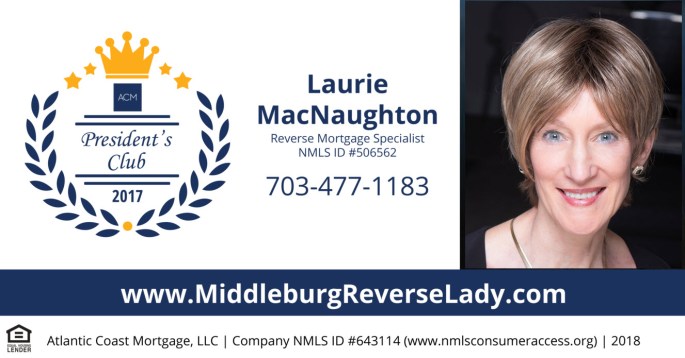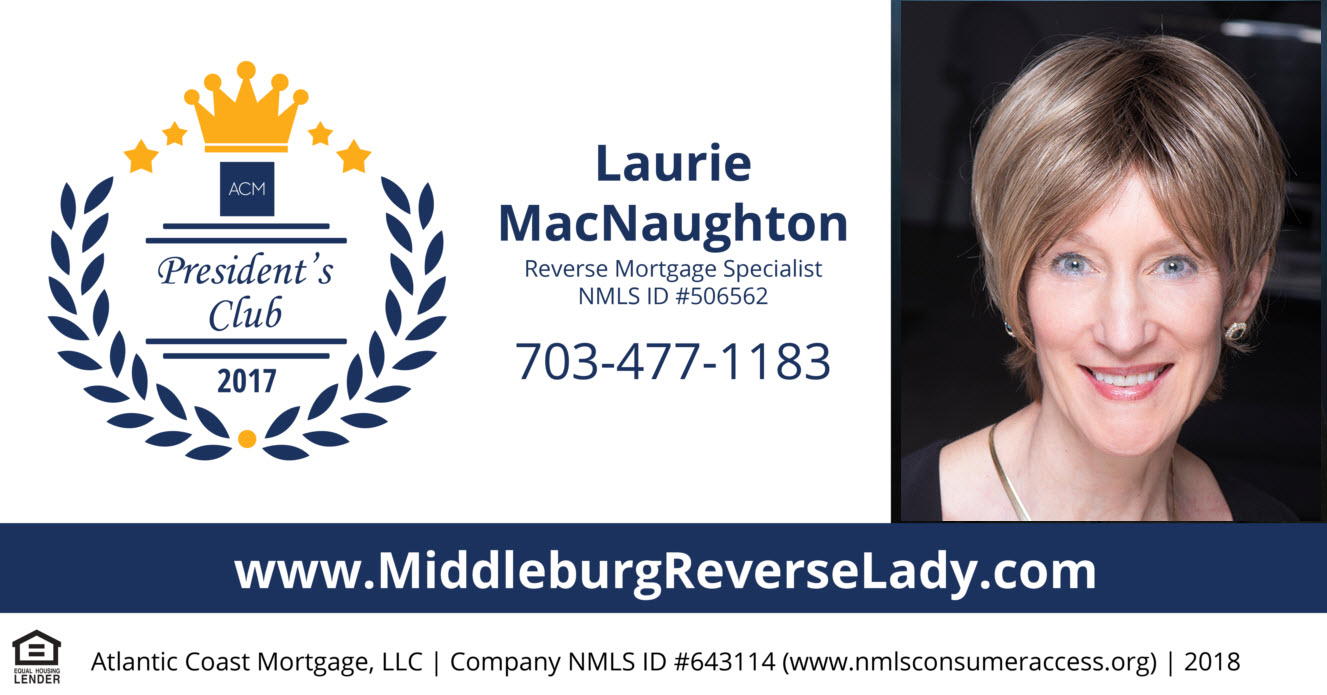Laurie MacNaughton © 2022
There it was again today.
“You do reverse mortgages? I know a lady who had a reverse mortgage and lost her home.”
“I know a lady….” If I have heard this once, I have heard it a hundred times.
And you know what? Never do I ever doubt these stories. Never.
But you know what else? Two things can be true at the same time. The lady had a reverse mortgage? The lady lost her home? Both things may very well have been true. However, that does not mean the one caused the other.
Odds are high–in fact very high–that the lady in question forgot to pay her property taxes. But no one is going to ask that, right? It’s rude.
But you know who does ask? The FHA. In fact, the FHA keeps minute tabs on reverse mortgages, including data on the small number of homeowners who have lost a home. Top of the list? Homeowners who default on their property taxes.
Property taxes are not a function of a reverse mortgage. Nor are they a function of a traditional mortgage. Rather, property taxes are simply a responsibility of homeownership. Punto.
But that’s not an interesting story. “Elderly homeowner forgot to pay property taxes and lost her home.” No clickbait there.
“Elderly homeowner with reverse mortgage loses her home,” on the other hand, stirs righteous anger in our hearts. It smells of elder financial abuse, shysterism, and shameless exploitation.
But here’s where the true shame lies: most tax jurisdictions offer tax reductions–or even full tax waivers–for the elderly. Why is this information not made more widely available to our aging?
For those still paying taxes, most jurisdictions allow taxes to be set up as automatic, recurring payments. For some of our oldest homeowners, this may mean they need a helping hand setting up recurring payments. My own father, a truly brilliant aerospace engineer, never did master the personal computer. My mother was quite good on the computer, but she wasn’t in charge of finances.
If you have aging loved ones in your life, ask them if they would appreciate help setting up recurring property tax payments. Be mindful that the ability to keep track of dates, deadlines, and requirements may diminish as loved ones age, and that the “money talk” may be one you need to have on a regular basis.
If you would like more information on the role a reverse mortgage can play in your long-range financial planning, or in the life of one you love, give me a call. I always love hearing from you.





